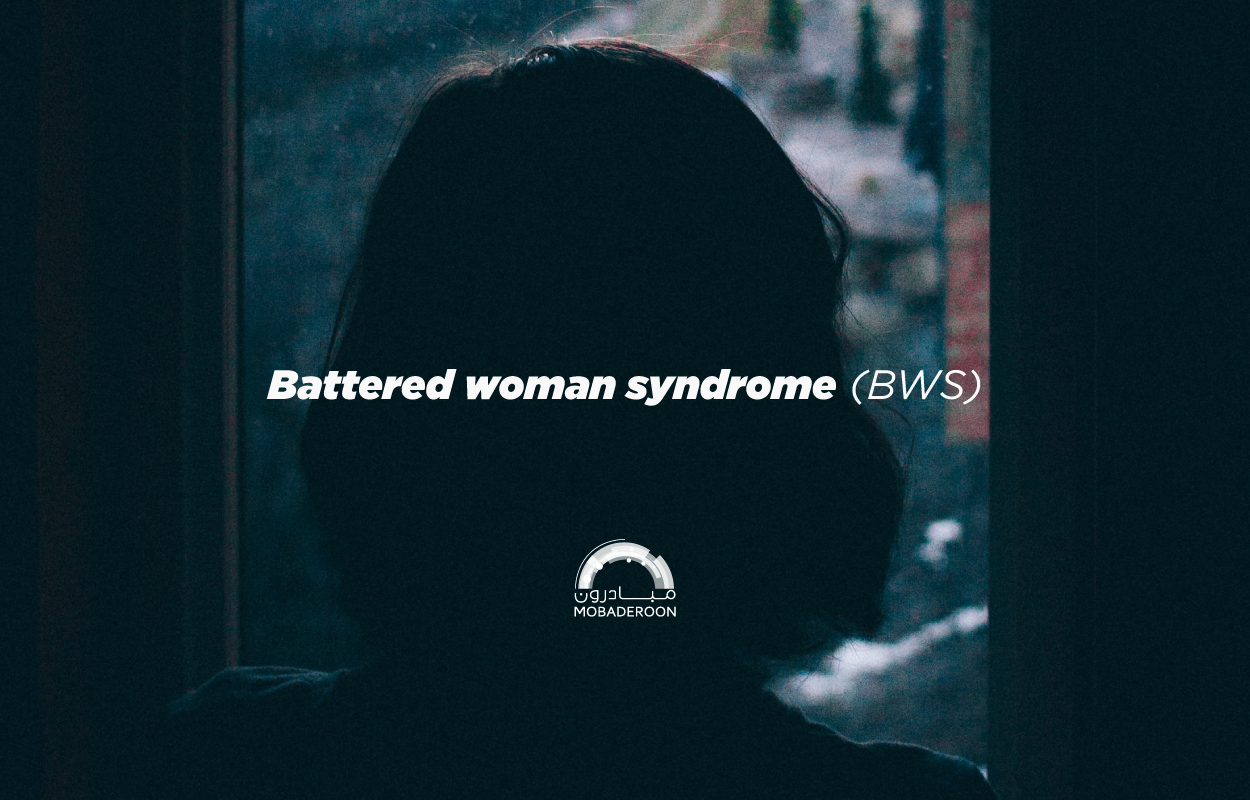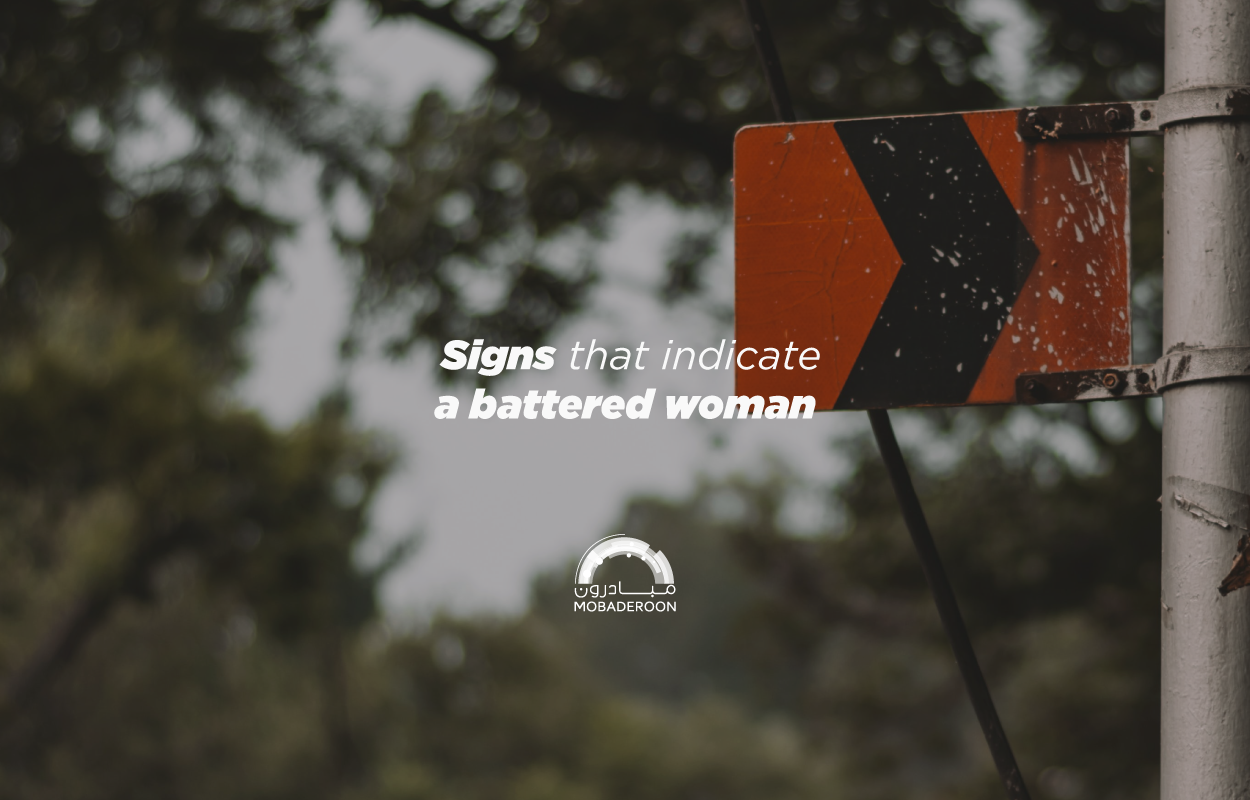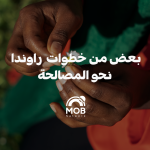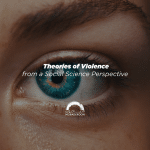Warning: In this article, you will learn about the term “battered woman syndrome.” I am afraid that you may come out of this article thinking that it is only related to Arab women in general.
Violence Against Women
I often associate the word “violence” with war and its effects. However, after experiencing more of life, I have discovered that violence does not need war to exist. Any act of violence that results in harm or suffering, whether physical, sexual, or psychological, including the threat of such acts, coercion, or arbitrary deprivation of liberty, whether in public or private life, is violence.
In fact, it is unfortunate that violence, as it is always compared to war, is also compared to women to a great extent. According to the World Health Organization, one in three women in the world experiences physical and/or sexual violence by an intimate partner or non-partner in her lifetime.
Is it possible for a woman to experience all of this without any reaction or effect?
Consequences of Violence Against Women:
Of course, not all humans have the same reaction or coping ability. Exposure to violence leads to many subsequent consequences, which may vary depending on the type and nature of the violence she is exposed to, in addition to the woman’s personality and the circumstances she has gone through. However, in this article, we will talk about battered woman syndrome: what is it, how is it produced, what does it produce, and is it possible to treat it?
Battered Woman Syndrome

Causes of the Battered Woman Syndrome or how a woman reaches this state?
The Battered woman is a woman who experiences violence regardless of the perpetrator, although in most cases, the violence is inflicted by her partner. This woman feels helpless and unable to find a solution to escape her situation or even to seek help, which intensifies her sense of weakness. On top of that, she is often blamed and the cause of the problem and the violence she experiences are attributed to her.
“You made me angry,” “You provoked me to hit you,” “You deserve what happened to your face”… These are the surprising viewpoints accepted by this woman. “I deserve it because I let him hit me,” “I know he gets angry if I talk to him while he’s watching the news,” “If I hadn’t said that, he wouldn’t have disconnected the internet”… and so on.
When she discusses the issue with her family or those around her, they also blame her, and she adopts the idea that “I am the cause,” leading her to live a cycle of feelings of helplessness, weakness, self-blame, and fear. The syndrome manifests as a reaction to a three-stage cycle that occurs in violent situations. The first stage is a tension that appears in the relationship. The second stage is the violent party relieving tension by committing violence and blaming the victim for causing the violence. The third stage is the aggressor showing signs of remorse. However, the partner does not find solutions to avoid another accumulation of tension and its discharge, resulting in repeated cycles of violence. The repetition of violence leads the victim to feel guilt for not being able to prevent the recurrence of a violent cycle, which further reinforces self-blame and a sense of helplessness.
Based on the research conducted by “Gondolf and Fisher” in the 1980s, it was found that women in situations of violence tend to seek help more intensely as the severity of the violence increases. However, their attempts to seek help often fail due to the lack of response from their families and social service providers. In a study conducted in 2002, “Gondolf” discovered that more than half of the women held negative opinions about the role of protection and programs designed for violated women, based on the negative experiences they had through these programs.
Signs indicating the Battered Woman Syndrome

When can we say that a woman is suffering from Battered Woman Syndrome? Typically, this woman tries to avoid social gatherings and interactions with the community based on her previous conviction. She sees herself as guilty and incapable of interacting with people.
This symptom may be observed in a naturally social girl before marriage, but after a while following her marriage, she gradually withdraws socially until she disappears, fabricating excuses related to her and her husband’s supposed busyness, which are actually untrue. Without any realization of the consequences of her actions, she finds herself continuing to withdraw from society, convinced that no one can save her, understand her, or empathize with her.
Furthermore, the reactions of the battered woman towards strangers or unexpected situations are usually quick and exaggerated, as if she is in a dangerous situation. This, if anything, is an indication of what she is experiencing.
The battered woman also relinquishes her rights. She may leave her job or studies without acknowledging and confronting the real reason behind her actions, often using her marriage and children’s need for her care as an excuse.
From this, we can say that Battered Person Syndrome, also known as Battered Woman Syndrome, is a physical and psychological condition classified in the ninth edition of the International Statistical Classification of Diseases as 995.81, “Battered Person Syndrome.”
Although its name suggests that it is specifically for battered women, it applies to both men and women. The name is associated with the origins of the term, nothing more.
Why does a woman continue her relationship with an abusive person?
The woman’s sense of responsibility for the violence she experiences and her inability to prevent it lead to depression and negativity. The acquired depression and negativity make it difficult for the abused party to arrange the necessary resources and support system to end this relationship.
Similarly, most women who experience these situations lose the ability to escape due to the pressure they face from family and Arab societies.
Law and Battered Person Syndrome
With everything this woman experiences, she may reach a moment of weakness where she commits a crime, believing that all the tools that ordinary people use, such as contacting the police or seeking help from someone, are unavailable to her because she is the guilty party, as she believes. She commits her crime against the person who violated her without being in a self-defense state, taking advantage of his vulnerability, such as being asleep, intoxicated, or…
Therefore, this pathological condition is the fundamental basis for cases of defense by abused women. The first time this syndrome emerged was in the judiciary and trials, where lawyers in the 1970s used it as a legal defense for women who intentionally killed their abusive husbands.
In this matter, “Lenore Walker” was the first to conduct an in-depth study of this condition, using Martin Seligman’s theory of acquired helplessness to explain the reasons why women who experience violence in these destructive marital relationships continue to stay.
Battered Child Syndrome
Battered Child Syndrome or Abused Child Syndrome (BCS) is a set of disorders and injuries that appear on a child as a result of physical harm, such as internal injuries, burns, bruises, and broken bones.
Undoubtedly, the psychological and emotional harm to the child is a result of their exposure to mistreatment. The consequences of this harm manifest in serious behaviors, such as substance abuse or physical violence towards others.
Violence against the child often occurs from the hands of the abuser due to extreme anger or during moments of tension. In most cases, parents who abuse their children suffer from a lack of education, alcohol or drug addiction.
It is worth mentioning that Battered Child Syndrome has been found in all layers of society, although the rate of occurrence may be higher in low-income households, where caregivers may face greater social pressures and difficulties and have less control over themselves in challenging situations.
“In 1996, over 3 million cases of child abuse were reported to child protective services in the United States; the reports were substantiated in over a million cases, with abusive fathers accounting for 77% of confirmed cases, other relatives for 11%, and over 1000 children died from abuse in 1996.”
Patterns of violence that children may experience
Children are subjected to violence in various forms, which may include:
- Physical violence, often disguised as discipline, where the child is subjected to harsh punishment and treated harshly under the guise of upbringing.
- Emotional (psychological) violence, through threatening, suppressing the child’s freedom of action and speech, rebuking, intimidating, mocking, belittling, as well as comparing and discriminating in treatment between the child and other children.
- Sexual violence, which manifests in touching parts of the child’s body, engaging in unwanted sexual acts or attempts, sexual harassment, and sexual exploitation.
- Domestic or familial violence, which includes all forms of physical, psychological, and sexual violence perpetrated against the child by family members.
- Bullying, which refers to aggressive behaviors faced by the child from other children encountered in school, on the street, or in any other gathering where the child interacts with other children.
The effects of violence on the child or the child’s response to the violence experienced
Violence is a very harsh thing for any individual to experience, let alone a young child under the age of eighteen! Violence carries extremely harmful physical, sexual, and psychological effects. Some of these effects are short-term, while others are long-term. They include physical injuries that, in some cases, can lead to disabilities for the child, as well as psychological effects such as depression, post-traumatic stress disorder, and anxiety. Not to mention the sexually transmitted diseases that children may contract due to infections or unwanted pregnancies, especially for females.
Furthermore, violence experienced by children can result in stress related to disruptions during early brain development. If this stress is significantly high, it can cause impairments in the child’s nervous and immune systems, leading to subsequent behavioral and health problems such as violence perpetration, smoking, obesity, risky sexual behaviors with significant risks, unintended pregnancies, alcohol and drug addiction.
In addition to all these health, social, and educational consequences resulting from child abuse, there is the economic barrier associated with the costs of hospital treatment, psychological therapy, and long-term healthcare costs.
Can the Battered Person be treated?
If the Battered person is a child, woman, or man, treating the syndrome of the Battered Person requires working on two fronts: physical and psychological, with continuous follow-up to ensure the success of the treatment process.
The primary focus is on addressing the injuries, followed by taking measures to ensure the safety of the Battered person. These measures include reporting to the relevant authorities, and in some cases, it may require removing the person from their home to a safer place away from the abuser.
The person is also referred to a mental health care department to address and treat long-term problems common in such cases. In most cases, there is a need for psychological counseling and long-term follow-up.
Unfortunately, there are many cycles of violence around us that have been recurring for years, despite all efforts to stop them. However, everything done so far is inadequate compared to the number of victims and their urgent need for rescue.
Author: Sana’a Sliman
Read More:
Abused women do not want to survive. “Stockholm syndrome”… When the victim loves her torturer











